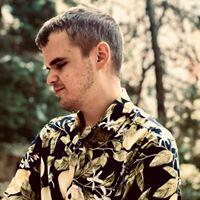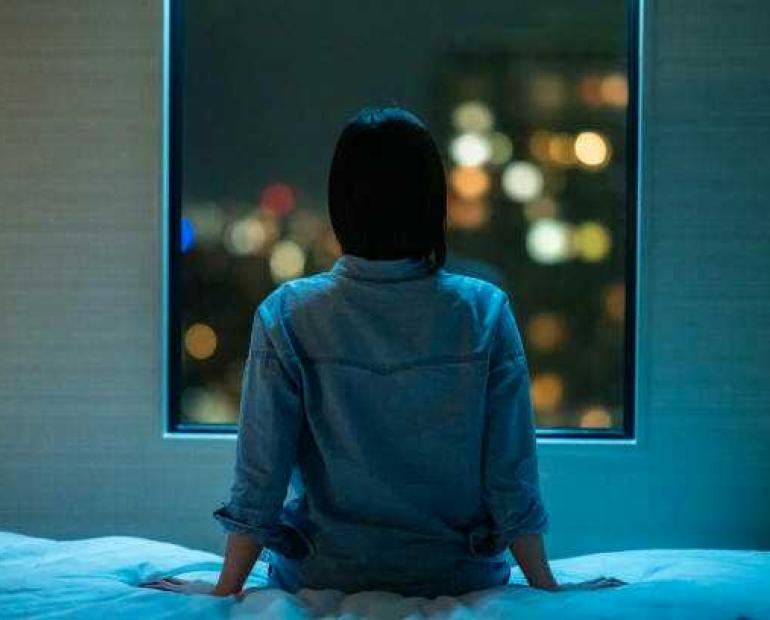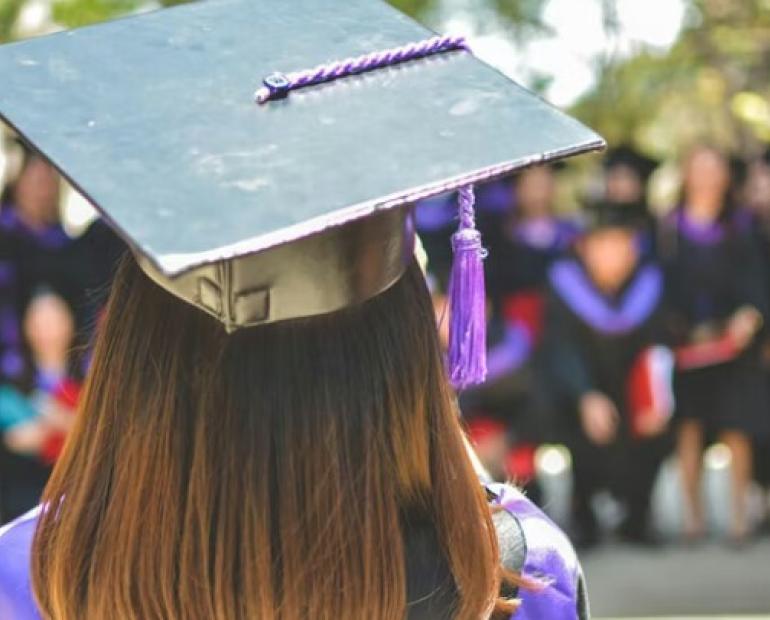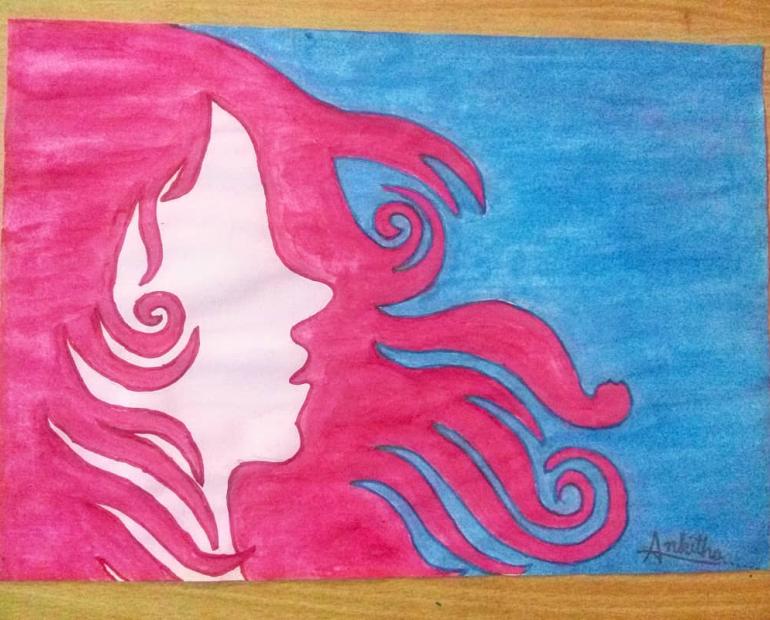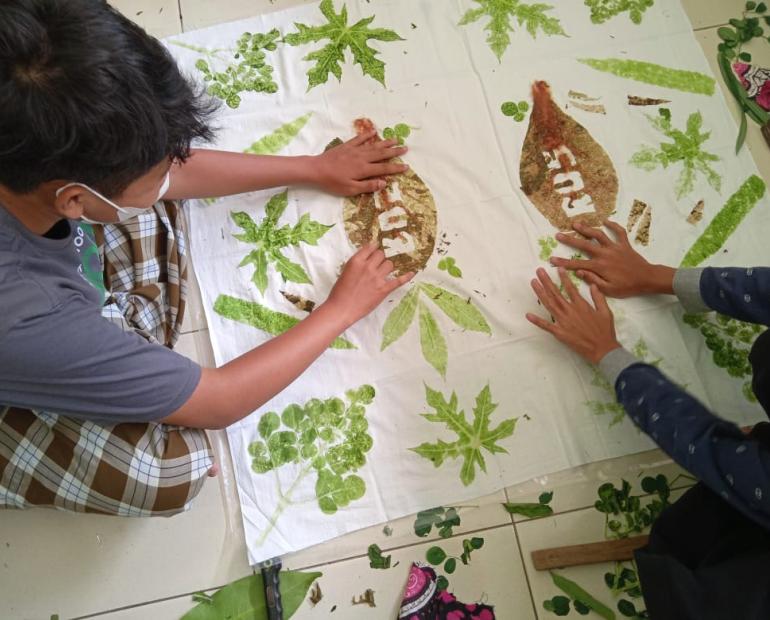
Today is the International Day of Disabled Persons. The United Nations’ focus on mainstreaming persons with disabilities is quite prominent in the last years. One of the steps of substantial value in this regard is the UN Disability Inclusion Strategy, initiated in 2019.
According to the World Health Organization, the number of persons with disabilities around the world is 1.3 billion people. Lately society has been paying attention to jobs for persons with disabilities. Business, public and political efforts were made for better job markets, also on accessible and inclusive education and on empowerment. However, leisure time and recreation is a problem which is dealt with only by people with disabilities, their families, assistants and friends.
From UNICEF’s point of view, the leisure time of young people is one of the 15 priorities in the World Program for Action for Youth. Participation in cultural life, recreation, leisure and sport are one of the key inclusion criteria in the Convention on the Rights of Persons with Disabilities. Recreation and leisure activities are one of the fundamental activities resulting in higher levels of well-being for all. According to Karger and Basel, our physical health strongly correlates with our leisure time activities and our leisure time activities are strongly correlated with our well-being (Karger S. & Basel AG., 2016).
Considering that the young people with disabilities are both “young” and “with disabilities” – this is already a source for double vulnerability when it comes to well-being, according to the community of psychologists. So we can highlight that recreation and leisure time activities – which are accessible and of great quality – are massively important.
What is recreation and leisure time?
Leisure time activities can be associated with fitness, gardening, attending cultural events (Mansfield L. 2020). Recreation is an action which we don’t “have to do” but we extract pleasure from it. Currently, young people value recreation which can also be done alone. But these are areas of recreation which are inaccessible for a lot of young people with disabilities, because they need constant assistance or because of high levels of insecurity or threats in the recreational activity.
For example:
- The wish to flirt with someone new at an entertainment spot is inaccessible for big groups of young people with different disabilities.
- Driving around with the car to calm down is also something inaccessible for large groups of young people with different disabilities.
- A game night is a highly restricted activity because of poor or no accessible design of the board games or the game formats for a big number of young people with sensory and other disabilities.
- The computer and console games for young people without disabilities are not accessible for a big number of young people with disabilities.
- Personal assistants are often being charged for a ticket, as a user – although they are not there to do an activity but to help a disabled person do it.
And because the first part of the priority from the CRPD that we mentioned is participating in cultural events, let’s take a look at how it looks for wheelchair users.
Youth with disabilities and cultural events
Infrastructure and architectural features are of greatest importance for people with disabilities. When we talk about public buildings, we usually focus on the steepness and width of the ramps, the lifts and the accessibility of toilets. But when it comes to theaters, cinemas, concert halls, stadiums, youth and culture centers, we have to consider also the spaces where culture is actually created and consumed. If we talk about the performing stage (and the backstage), usually it is elevated via steps and the performance of a wheelchair user is harder. If the young wheelchair user is only a part of the audience, the spaces there are also with steps, or steep and narrow ramps.
Participation in sports and entertainment
The second part of the CRPD priority we are focused on is participating in recreation. In the case of a young blind person in a night club we have the problem of the very loud sound attacking the hearing (which is the main sensory channel for that person). The feeling is the same as being constantly dazzled by headlights. And because this is a tense, agitating and disorientating experience, the blind young person cannot participate in most of the ongoing activities.
The last part of the CRPD priority we are focused on is about participating in sports. For young people with learning difficulties or attention deficits, for example, group fitness sessions could be highly uninformative, disorienting and difficult. This usually happens because of very rapid instructions, lack of adequate encouragement or lack of clarity in the instructions.
The COVID-19 effect
COVID-19 is a reason to have larger amounts of formats and experiences online. If we take a look at the cases we made above, we will find that the architectural limits, the noise levels and the fast stream of information are not a problem now. The young wheelchair users can perform or attend any event with much less planning, tension and efforts. A blind person can listen to music from live events at any level they desire and can actually follow what’s going on in the chat and participate more fully if they want to. Young people with learning difficulties can play back the instructions or slow down the pace, or even use an additional chat for better instructions.
Recreation and leisure time activities in a post-COVID world
After COVID-19 we will inevitably get back to a lot of physical events. We can further invest in the accessibility of our parks, cultural institutions, sport sites and shopping centers. We can make long and tiring campaigns about the need for the same internet games for young people with and without disabilities, so that they can actually play together. We can also explain that Personal Assistants should not be charged since they are attending the event simply because the young person with disabilities needs assistance. But one of the easiest things we can do is ensure that our events, health related workshops or education services are still done in Internet format as well - together with the physical event. People with disabilities also have to train others and give feedback so that the online parts of the events could be even better.
Leisure time and recreation are key elements in every person’s work-life balance. It is great that we pay attention to inclusive education and quality jobs for young people with disabilities. But leisure time and recreation – which are full of peacefulness, happiness, self-esteem and sense of relatedness – can be life changing!
Some useful resources you can read:
https://www.tandfonline.com/doi/full/10.1080/02614367.2020.1713195
https://www.karger.com/Article/Fulltext/444415
https://unrcca.unmissions.org/un-disability-inclusion-strategy-0
Diliyan Manolov is a cofounder of Vizioner Foundation which empowers self-development and professional development for blind people or people with low vision. He is a young entrepreneur and psychologist, also a Youth delegate of Bulgaria to the United Nations (2018-2019) and currently a UNICEF global Youth Champion for Social and Behavior Change. Diliyan is also practicing sensory photography for blind people, as pictured in his photos.


